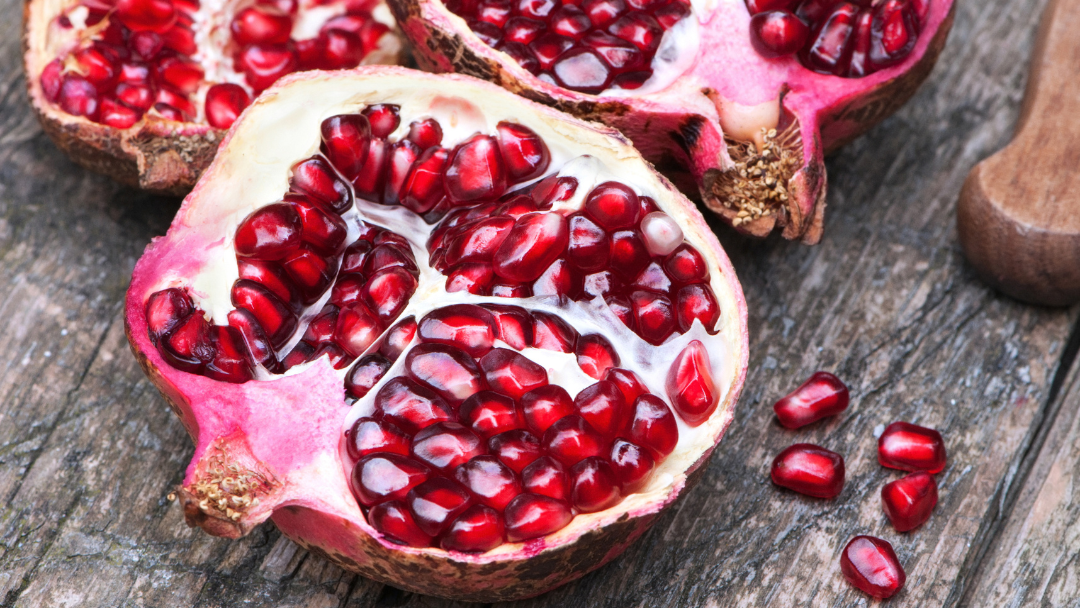Photo: Maniax Films/Shutterstock.com
In a previous blog, I discussed the potential health implications of advanced glycation end products, or AGEs, and shared a few tips on how to reduce your consumption of foods high in AGEs. Now here is a practical guide that will make it easy for you to reduce the amount of AGEs you consume to help mitigate your risk of developing the chronic conditions associated with an increase in AGEs, including neurodegenerative conditions, diabetes, heart disease, chronic kidney disease, and other conditions related to inflammation and increased oxidative stress. AGEs may also contribute to an imbalance in the gut microbiota, which has also been associated with chronic disease, although the evidence is currently mixed.
Step One: Reduce Consumption of AGEs:
The first step in reducing your consumption of AGEs is knowing which foods contain the highest number of AGEs, making it easy to limit your intake of these foods or avoid them completely. In general, foods that fall under the following categories will be higher in AGEs compared to other foods:
- Dairy products, including cheese, cream cheese, and butter
- Fatty foods, especially those that are solid at room temperature, including oils, nuts, and seeds
- Meat, including beef, turkey, pork, chicken, lamb, and certain fish
- Processed foods
- Saturated fats
Below is a table of a few commonly consumed foods in the Western diet known to have high levels of AGEs, based on the largest database of AGEs content in food. I have grouped them into categories and listed them in descending order from highest to lowest.
Although there is no known cut off point for when AGEs levels become potentially detrimental, for the purpose of this blog, I have included only those with levels above at least 1,000 kU per serving. For comparison, here are a few foods considered low in AGEs: a roasted sweet potato (72 kU per serving), a banana (9 kU per serving), and grilled vegetables (226 kU per serving).
| Fats and Oils | |
| Roasted cashews | 2,942 |
| Roasted walnuts | 2,366 |
| Roasted almonds | 1,995 |
| Dry roasted peanuts | 1,934 |
| Roasted sunflower seeds | 1,408 |
| Sesame oil | 1,084 |
| Dairy Products | |
| Cream cheese | 2,616 |
| American cheese, processed | 2,603 |
| Feta cheese | 2,527 |
| Brie | 1,679 |
| Cheddar cheese | 1,657 |
| Unsalted, whipped cream butter | 1,167 |
| Meat: | |
| Bacon | 11,905 |
| Broiled beef frankfurter | 10,143 |
| Pan-fried steak | 9,052 |
| Deep fried chicken breast | 8,750 |
| Fast food chicken nuggets | 7,764 |
| Pan-fried turkey burger | 7,171 |
| Broiled steak | 6,731 |
| Roasted chicken breast | 5,975 |
| Grilled ground turkey | 5,716 |
| Broiled chicken curry | 5,706 |
| Roasted chicken | 5,418 |
| Smoked turkey breast | 5,412 |
| Pan-fried pork and beef sausage | 4,883 |
| Hamburger patty | 4,876 |
| Broiled tuna | 4,635 |
| Pan-browned beef (20%) | 4,435 |
| Roasted skinless chicken breast with BBQ sauce | 4,291 |
| Broiled salmon with olive oil | 3,901 |
| Meatball | 3,870 |
| Smoked ham | 2,114 |
| Other: | |
| Thin-crust pizza | 6,825 |
| Broiled tofu | 3,696 |
| Cheeseburger | 3,402 |
| Macaroni and cheese | 2,728 |
| Fried pork wonton | 2,109 |
| Fried egg | 1,237 |
Step Two: Preparation and Cooking to Reduce AGEs
As you can see from the table above, the same base food, such as beef or chicken, has different AGEs content based on the way it’s cooked. Thus, one of the best ways to reduce your AGEs consumption is to be conscious about HOW you cook certain foods, especially those that are predisposed to having more AGEs, such as animal-based foods or fatty foods.
The best way to cook foods in the context of reducing AGEs include:
- Preparing with low heat
- Wet cooking
- Boiling, poaching, stewing, and steaming
- Limiting fat
- Complementing with antioxidants
- Preparing in acidic environments (e.g., marinades)
To help you better see the difference that preparation and cooking method has on AGEs content, here is a table comparing the AGEs content of beef, chicken, and salmon in kU per serving, three of the more commonly consumed meat products, depending on how they were prepared and cooked:
| Food | Raw | Broiled | Pan-fried | Cooked in Liquid |
| Salmon | 475 | 3,012 | 2,775 (with oil) | 974 (broiled submerged) |
| Skinless chicken breast | 692 | 5,245 | 4,444 | 2,232 (potted) |
| Steak | 720 | 6,731 | 9,052 (with oil) | 2,007 (shoulder cut beef stewed) |
Step Three: Complementary Foods and Herbs to Balance AGEs Intake
The third main step in helping to reduce the impact of dietary AGEs on your health is to consume complementary foods. This helps in two ways. One, consuming more foods naturally lower in AGEs content provides you with more space in your overall capacity when you do consume foods higher in AGEs since one of the biggest keys is to maintain things in balance.
Based on one study, those who consumed a diet rich in plant-based foods may have roughly half the daily intake as the general population consuming a standard diet, of which it is estimated they consume 14,700 AGE kU/day and with the potential to consume more than 20,000 kU per day. Although no safe levels are currently determined, animal studies demonstrate that cutting AGE consumption in half has led to a reduction in oxidative stress, a longer life span, and less deterioration of kidney function and insulin sensitivity.
Food categories naturally lower in AGEs include:
- Fruits
- Grains
- Legumes
- Vegetables
These plant-based foods may also help further reduce the impact of consuming foods with AGEs, thanks to some of their antioxidant and other beneficial properties. This effect helps counter the oxidative impact of AGEs and some of the other actions that lead to negative effects.
Studies have found that foods rich in phenolic acids may help inhibit the formation of AGEs, as does EGCG from green tea. Berries have also been shown to be neuroprotective by preventing AGE production in the brain. Pomegranate can provide anti-glycation effects as well, although additional research is needed.
Step 4: Reduce the Formation of AGEs in the Body
Although much of the literature looking at the impact of AGEs on chronic disease focus on consumption of dietary AGEs and other exogenous, or outside, sources, you also need to look within. You will always have a certain amount of AGEs within your body, as glycation is a common product of various body processes. As with many things, it is important to retain a level of homeostasis or balance. Therefore, it is key to recognize the factors that may contribute to excessive amounts of endogenous AGEs you may create.
One dietary factor that may impact your endogenous creation of AGEs is excess consumption of sugars, especially higher levels of fructose. Although consuming some fruit or other healthy sources of natural sugar may not lead to much of an impact on your AGE creation, many of the foods commonly consumed in the typical Western diet is high in simple sugars, especially fructose. Namely, highly processed foods made with high fructose corn syrup. There are many reasons to avoid added sugars in your diet, especially these highly processed foods sweetened with fructose sources, and the potential creation of AGEs adds one more.
By following these four steps, you can reduce your overall level of AGEs, which may help reduce your risk of developing the associated chronic conditions.
If you are looking to reduce the negative impact of AGEs, here is a short recap of what I discussed above:
| Food | AGEs |
| Animal Protein | Increases, especially when prepared certain ways |
| Dairy Foods | May increase |
| Fruit | Decreases, combats oxidative stress |
| Grain Products | Lower levels of AGEs |
| Vegetables | Decreases, combats oxidative stress |
If you have questions about AGEs or which spices and foods can best support your health, talk to your doctor, nutritionist, dietician, or another healthcare team member for personal options based on your circumstances.





